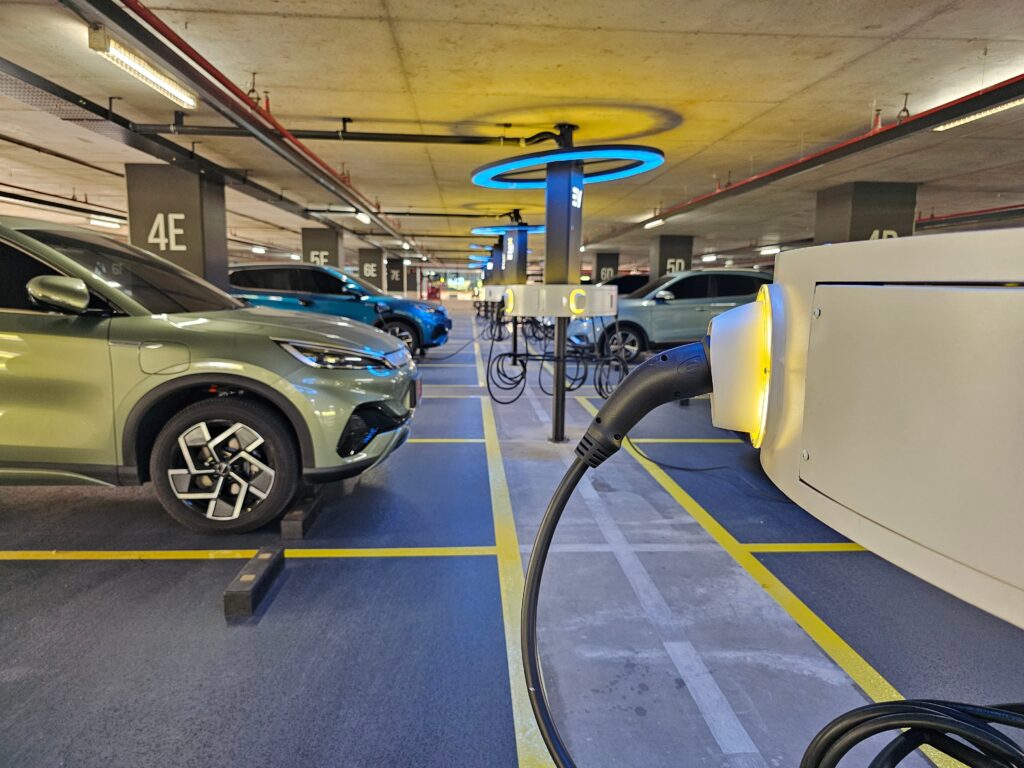The popularity of electric vehicles (EVs) has been steadily increasing as consumers and the automotive industry move away from standard internal combustion engines. With this rise, concerns around EV charging safety and parking structure precautions have also become more important.
The U.S. Energy Information Administration reported that the sale of hybrid, plug-in electric, and battery electric vehicles in the United States accounted for 16.3% of total new light-duty vehicle sales in 2023, up from 12.9% in 2022.
Although EVs offer numerous benefits, such as contributing to reduced emissions and helping auto manufacturers comply with government environmental mandates, they also pose certain risks in specific environments—particularly parking structures. These risks include heightened fire hazards as well as added design and operational challenges.
Risks of EVs in Parking Structures
When EVs are in parking structures or parking garages, they present risks that can cause serious injuries and significant property damage. Two of the main hazards these vehicles can potentially pose involve dangerous, toxic fires and the risk of structural collapse due to the weight of the vehicles.
EVs have chemical, electrical, and thermal properties that can cause fires. Specifically, the lithium-ion batteries commonly used in EVs can be susceptible to thermal runaway, a process where they create more heat than they can disperse. This can result in a rapid release of heat, which can lead to explosions and fires. Furthermore, the fires from EVs produce toxic fumes, reach extreme temperatures, and can be difficult to extinguish with traditional fire suppression methods. The intensity of the flames can threaten the structural integrity of parking structures.
Additionally, the presence of charging stations within parking structures can also increase fire risks; a faulty charger or charging a damaged battery can result in a fire. The layout of parking structures (i.e., several combustible vehicles placed closely together in an area with low ceilings, which can increase convection heating) may also make it difficult to suppress fires that start in them.
The threat of collapse is another risk EVs pose to parking structures. These structures may face collapse risks as they accommodate increasing numbers of EVs. This is because the components of EVs result in them weighing more than traditional automobiles. According to the director of the University of Tennessee’s Center for Transportation Research, EVs often weigh 30% more than those with internal combustion engines. The main source of their additional weight comes from their batteries. This added weight could stress existing structures, especially those that are older or improperly maintained. A 2023 parking garage collapse in New York City demonstrated how parking structures might be susceptible to failure under extreme weight, especially if they have defects; the structure in New York City had received multiple building violations over several decades.
Strategies for EV Charging Safety and Protection
Implementing protective measures can help mitigate the risks to parking structures associated with the increased prevalence of EVs. Strategies to address fire hazards include installing a sprinkler system or enhancing an existing system’s water output capabilities, ensuring charging stations are installed in accordance with applicable regulations, and utilizing thermal imaging and off-gassing detectors. It is also crucial to conduct regular evaluations, inspections, and maintenance on these systems and devices and leverage other technologies, such as battery management systems, to help reduce the potential for fires. Working with local fire department officials can also help structure owners locate and address potential fire risks. This meeting should occur at least annually to review best practices for extinguishing EV battery fires. It is recommended that an emergency plan be put in place to swiftly respond to these incidents and help protect property and individuals’ health and safety.
Parking structure owners must be aware of the increased structural risks from EVs and take action to ensure their facilities can withstand the added weight. It is essential to maintain the structures and immediately repair any issues. Additionally, technological simulations and modeling can help identify weak points, and artificial intelligence (AI) can be leveraged to help with the design. For example, AI can assist with determining how to safely distribute and withstand the load of the cars the structure will house and offer tips on the safest locations for charging stations. These tools should be used in conjunction with input from certified professionals who can not only provide additional guidance on these critical decisions but also ensure the structure complies with regulations and standards aimed at addressing the risks of heavier vehicles, including EVs.
EVs are revolutionizing the automotive industry and offer several environmental benefits. Yet, as these vehicles become more popular, parking structure owners need to be aware of the risks EVs pose and prioritize EV charging safety along with facility precautions. By being proactive and taking appropriate actions, parking structure owners may mitigate the fire and structural hazards that EVs present.
Contact Acentria Insurance today for more risk management and insurance guidance.
























